Affiliate links on Android Authority may earn us a commission. Learn more.
Google I/O 2016: all the big announcements and highlights
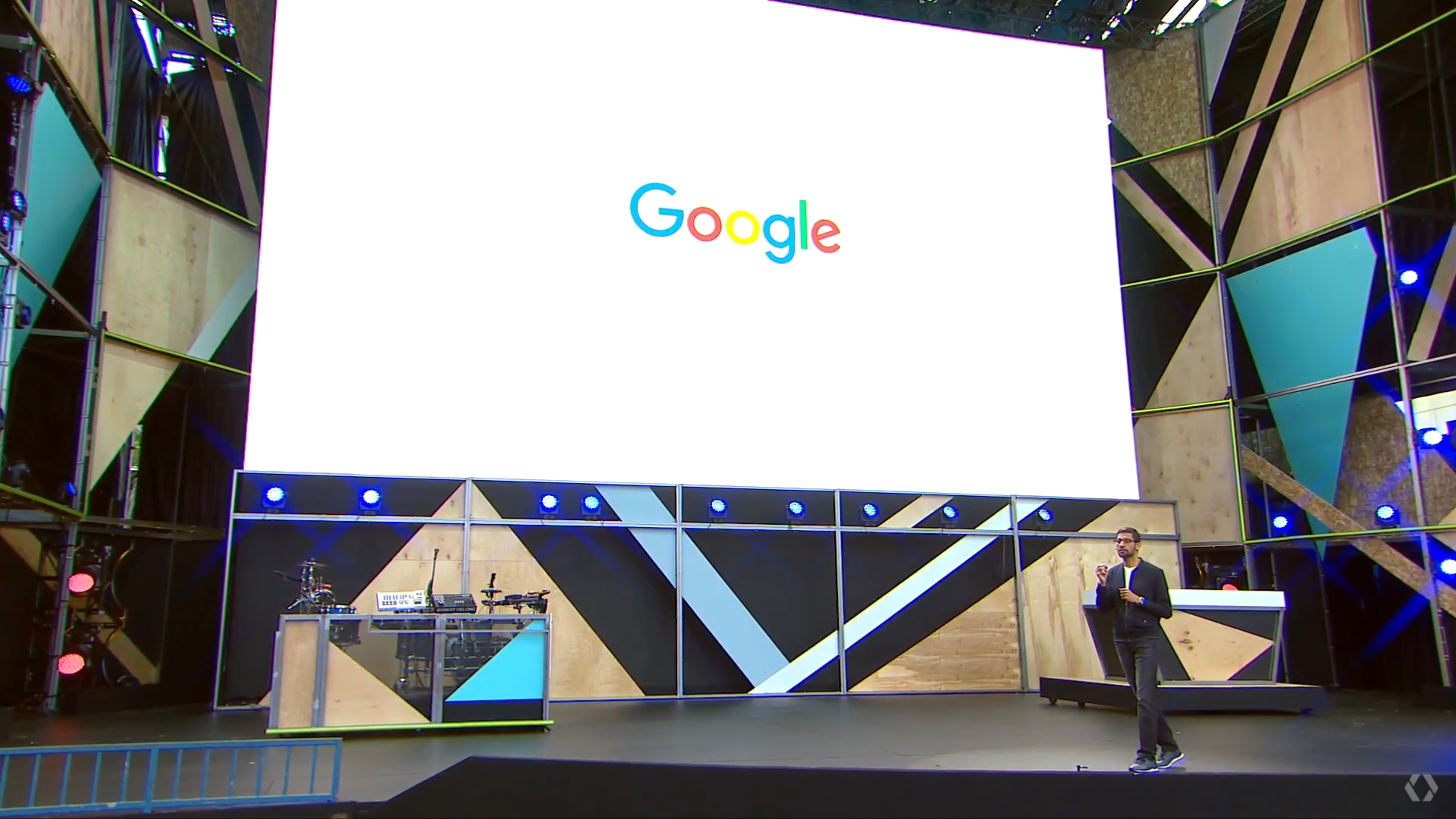
Google I/O 2016, Alphabet’s annual developer conference, has wrapped up for the year, bringing with it a slew of new announcements and exciting things to look forward to. This year, the announcements came thick and fast but many were not quite ready for general demoing or product release, so we’ll have to wait a little longer to see them in action. In the meantime, here’s a brief summary of all the major announcements made during Google I/O 2016.
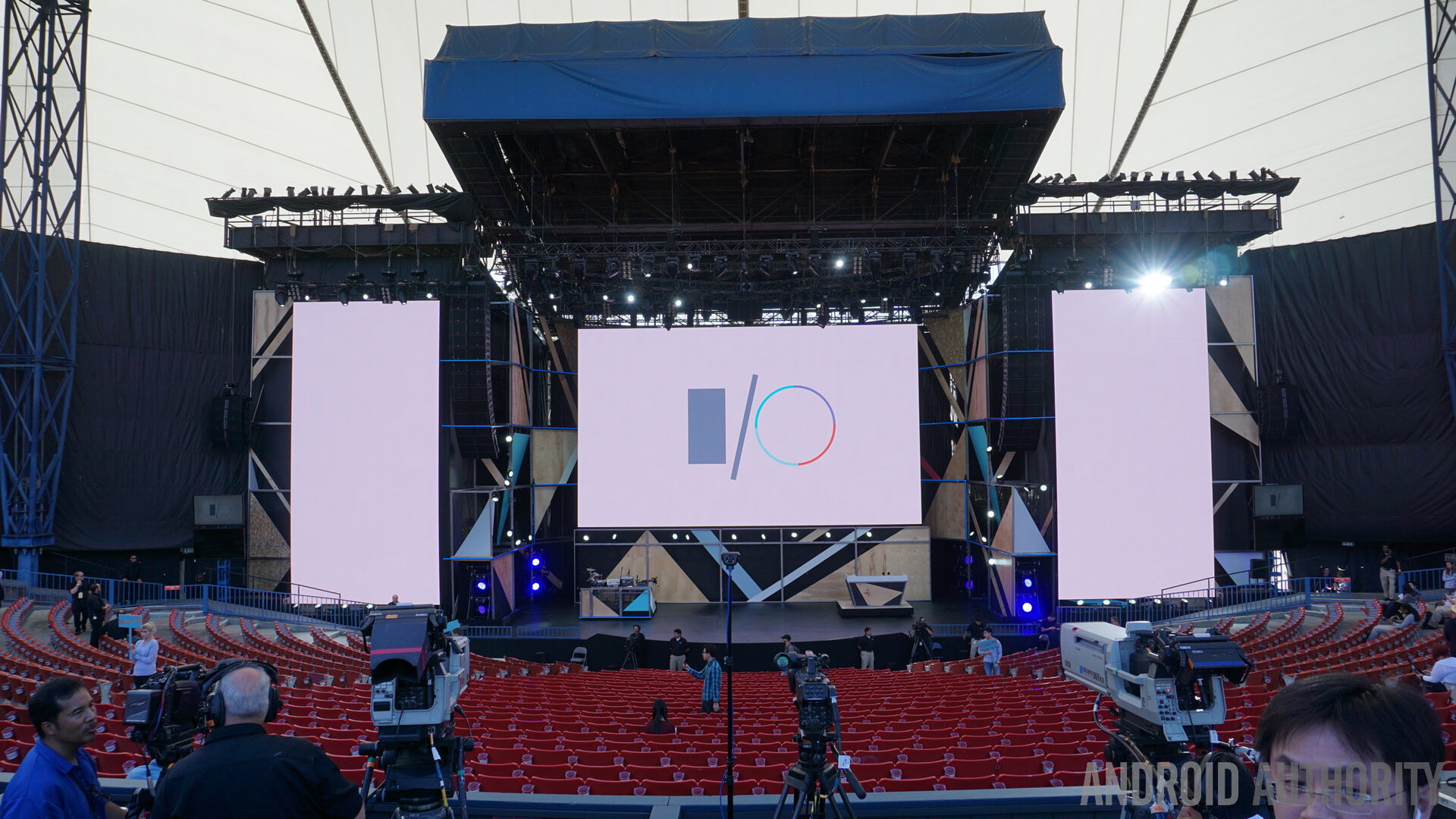
Google I/O 2016 dates and location
Google I/O 2016 took place between May 18-20 at the Shoreline Amphitheater in Mountain View, California. For those unfamiliar with the location, it’s right out the back of the Googleplex and a long way away from any hotels. Because it doesn’t feature great public transport options there was widespread speculation that it might have been chosen to provide Google the opportunity to show off its self-driving cars. Unfortunately, this was not the case.
For the first time since 2013, Google I/O was a full three-day event, with many attendees comparing the outdoor venue and general vibe to a kind of Burning Man scenario compared to the more sedate trade show feel at the Moscone Center in San Francisco (where I/O has been held for many years prior).
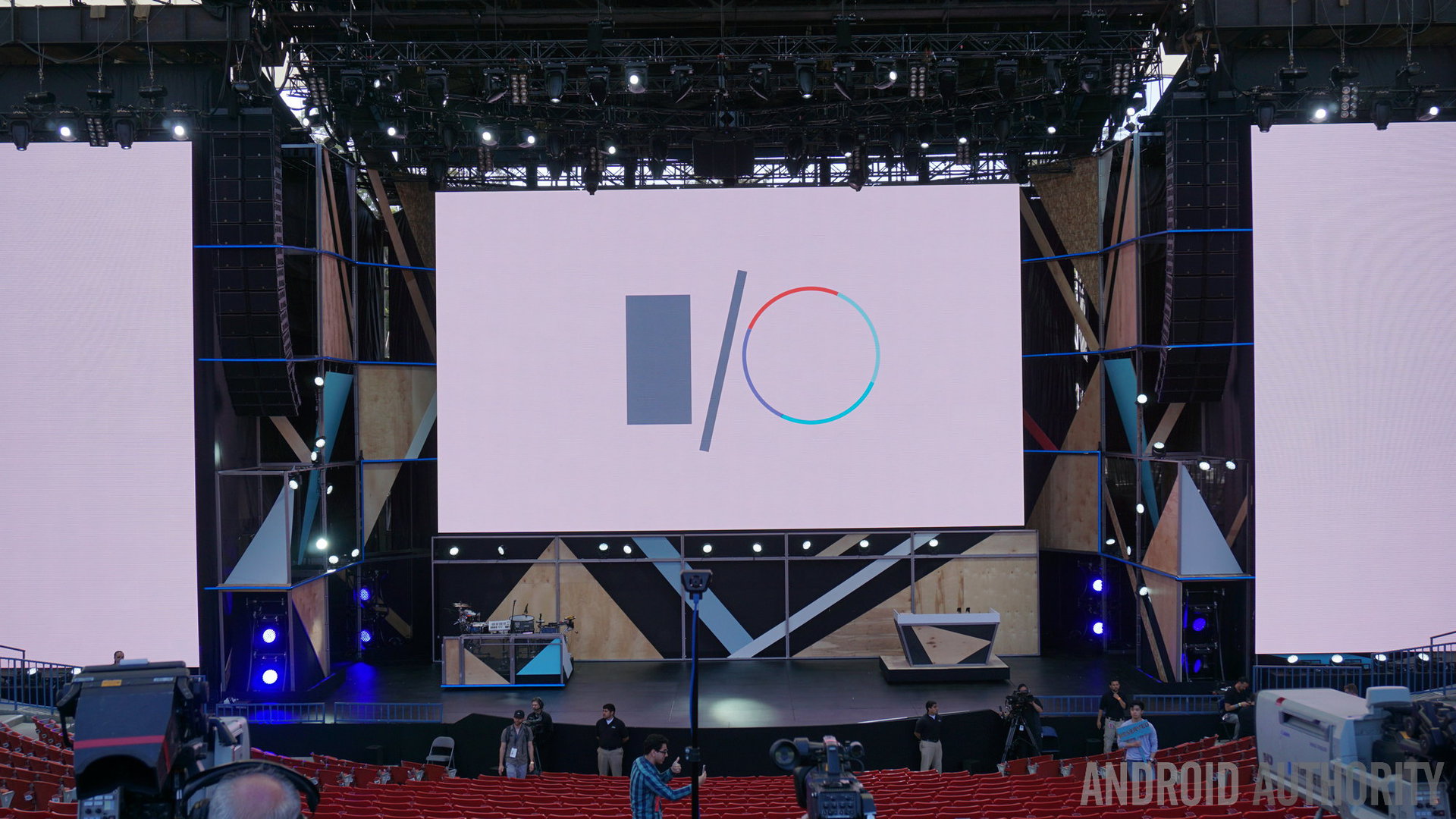
What got announced at Google I/O 2016
Google Assistant
Google Assistant is a kind of revamped version of Google Now that can also work within other apps and has been described as “building an individual Google for each user”. Like Google Now, it provides contextual suggestions and recommendations, like predicting what you might typically reply in a message thread, but it has also been given even more advanced conversational speech abilities, so you can interact with Google Assistant in much more familiar and casual ways. The best way to get an idea of how it works and what it’s capable of is to check out the video demo below.
Google Home
Google Home is the central hub for connecting Google Assistant with your connected home, smart devices and more. Google Home is a direct competitor to the Amazon Echo and will be available “later this year”. Google Home also supports streaming and casting and includes a speaker for verbal responses to queries. The best, and perhaps creepiest, part of Google Home is that it will slowly come to learn your habits and preferences and provide more personal and tailored responses as time goes by.
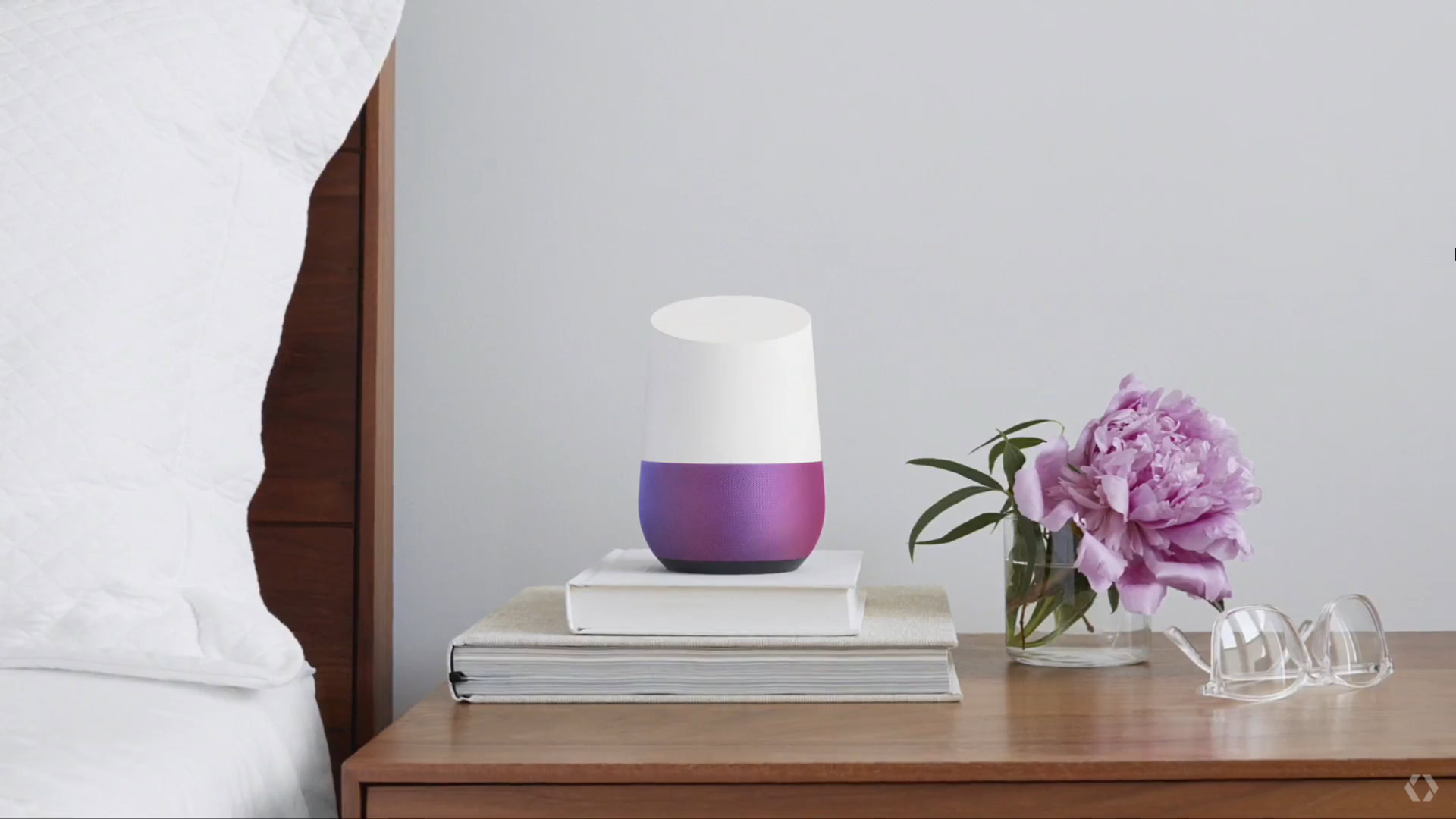
Google Allo and Duo
Google Allo is a new telephone number-based messaging app from Google that includes a few nifty new features, like being able to slide the “send” arrow up or down to “shout” or “whisper” your reply and predictive responses. Allo also features end-to-end encryption, incognito chats, private notifications and expiring chats and will be the “first home for Google Assistant”. Google Duo is a companion video chat app that allows you to see the person calling you – in a live video preview – before you even answer the call.
- Read more on the Google Allo announcement and Google Duo announcement
- Google says Hangouts is not dead
Android N beta release
While Google announced a while back that annual developer previews of the next major Android release would be presented at each year’s I/O conference, 2016 was a little bit different. The Android N developer preview made its first appearance more than two months ahead of Google I/O so all we really got during the conference was a beta release of the developer preview.
Sundar Pichai’s keynote touched on Android N but didn’t cover anywhere near the territory (or garner anywhere near the excitement) as last year’s announcement. Android N will feature seamless updates and the “Android is upgrading” screen will vanish thanks to the JIT compiler. But that was about it.
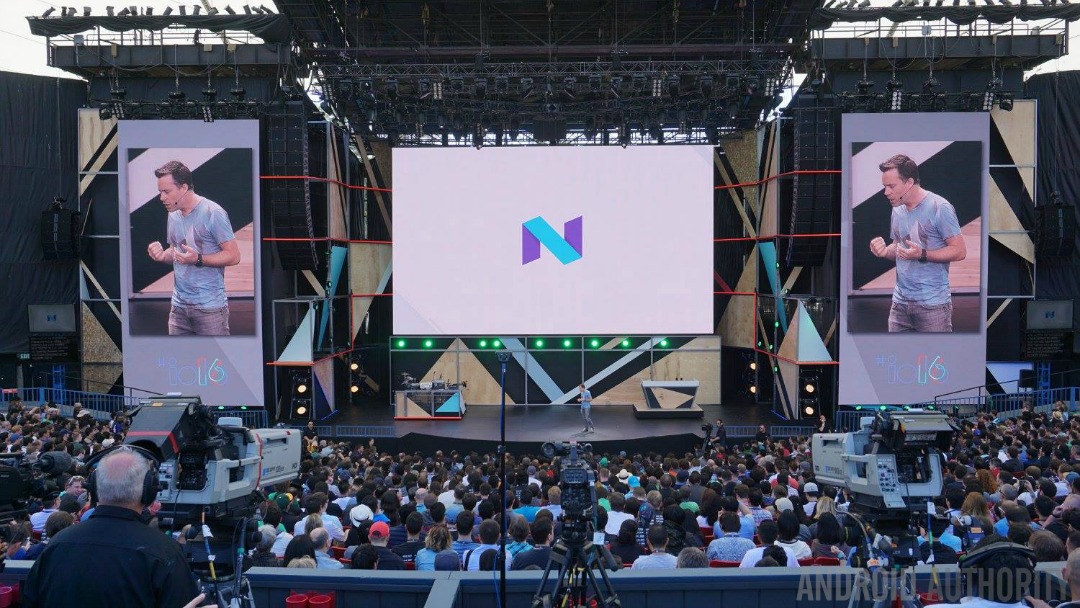
The Android N update schedule states that the previews will receive monthly updates until July, when the finishing touches will be put on it for release in Q3, 2016 (that means by the end of September). This also means that the 2016 Nexuses (possibly made by HTC) will also hopefully arrive in September. Hit the link for a full breakdown of Android N features.
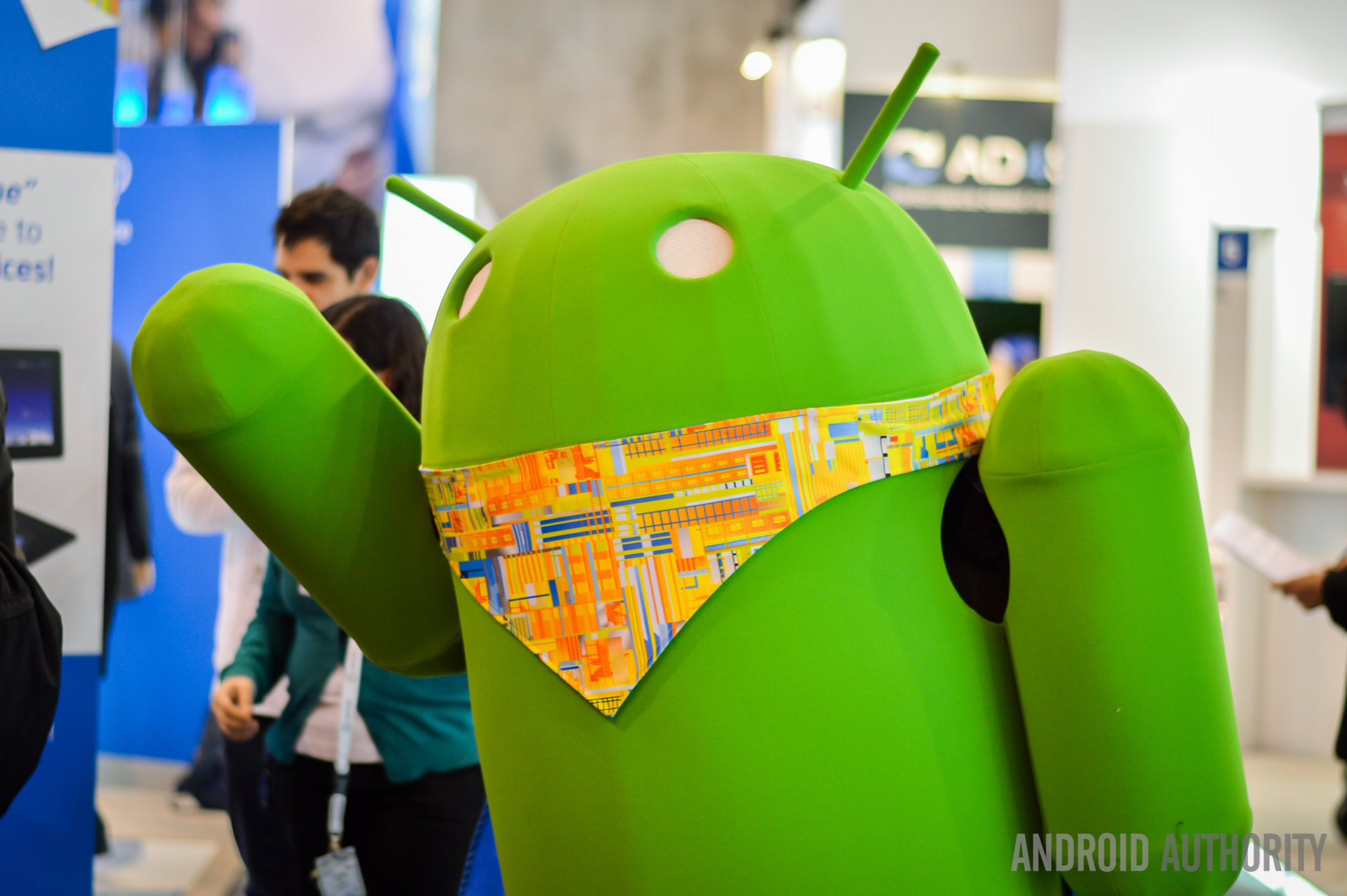
Android Instant Apps
Perhaps the most obscure but far-reaching announcement at Google I/O was Android Instant Apps. Android Instant Apps are a neat new way of allowing people to access app content without actually having the app installed. So, if someone sends you a link to something that could be viewed in an app you don’t have installed, Android will temporarily download just the particular modules of the app required to display that content. We’ve seen it demoed and it’s fast, smooth and awesome.
Project Tango
The Project Tango smartphone from Google and Lenovo didn’t quite make it to Google I/O 2016 but quite a few sessions were dedicated to showing off what it can do. There were some really great demos of just how far the project’s capabilities have progressed in advance of the official consumer launch of the device at Lenovo TechWorld on June 9. The device will be available in the “summer of 2016”.
One of the coolest demos saw the Project Tango tablet mounted to the top of a plastic gun (see below) which then became the “screen” for a motion-tracking shooter game. Android N will natively support Project Tango devices and the array of additional sensors they bring. Two-thirds of the Project Tango apps in Google Play are already games, so you had better believe AR gaming is going to explode in the second half of 2016.
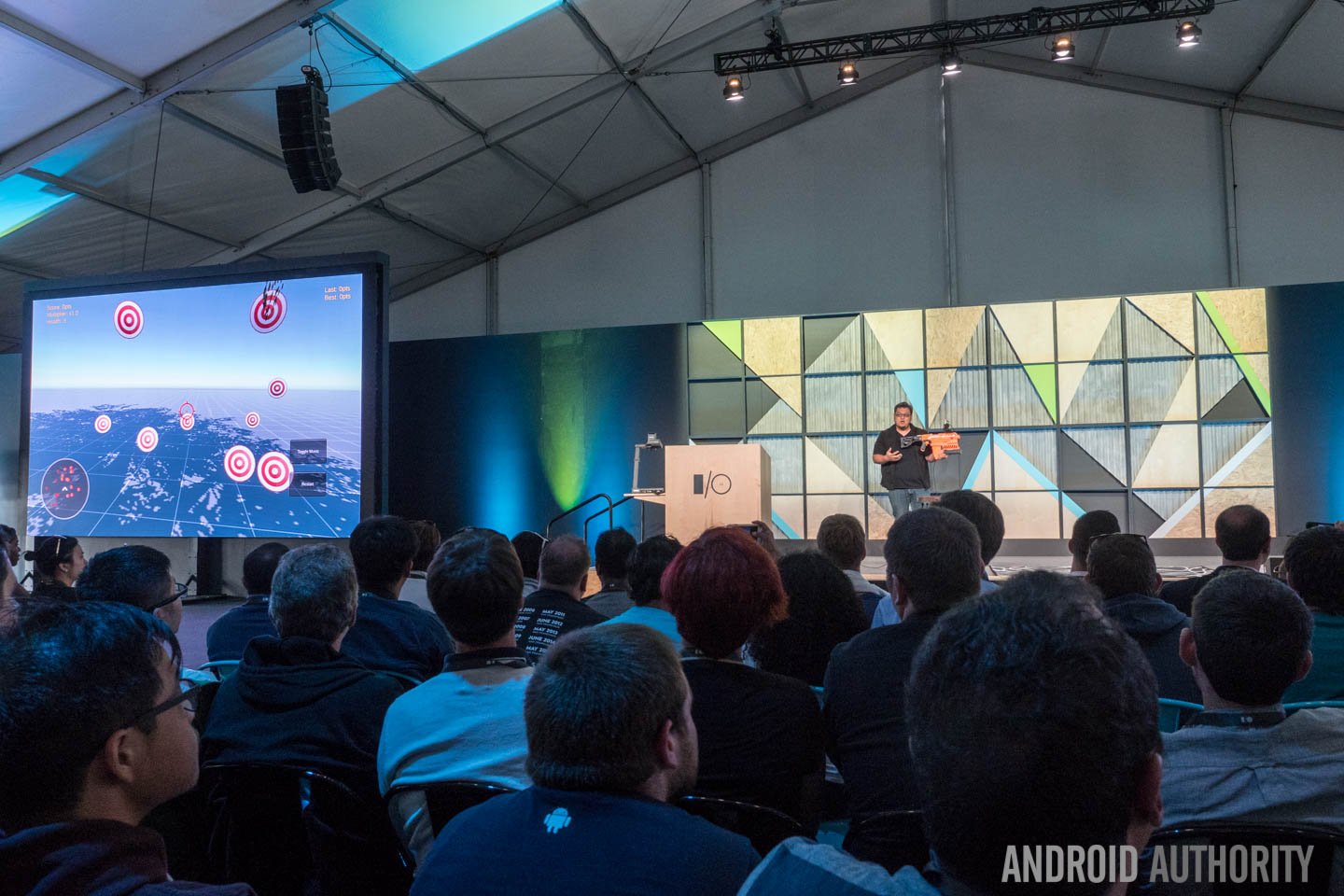
Virtual reality and “Daydream VR”
Daydream VR is Google’s vision for an affordable mobile virtual reality platform. Previously rumored under the name “Android VR”, Daydream VR will not only provide an Android home base for mobile VR apps, it also has a “reference design” for a headset and controller and minimum spec list for “Daydream-ready” devices. Samsung, LG, HTC, Xiaomi, HUAWEI, ASUS, Alcatel and ZTE are already on board.
Android N will feature a VR Mode for putting chipsets into “performance mode”, add head-tracking algorithms, support sub-20 ms latency on mobile devices and render incoming messages and calls in 3D to appear in stereo on the HUD. On the software front, Daydream provides a standard VR interface for mobile and adds a VR category to the Play Store. The first Daydream-ready devices will arrive later this year.
[related_videos align=”center” type=”custom” videos=”644610,666155,644629,593454″]
Android apps on Chrome OS
Contrary to the rumors that Chrome OS would be folded into Android, Google officially denied the claim and at Google I/O announced what would be happening with the two platforms. Following Google’s stated intention of bringing the best of each platform to the other, Android apps are officially coming to Chrome OS, adding a million new apps for Chrome OS users and a massive new audience for Android developers.
Google also announced that Chrome is the second most popular OS in North America, with recent figures showing Chromebooks outselling Macs for the first time, following widespread adoption from education and business customers. Android apps for Chrome will need to be configured to work across three different display types, support multi-window and freeform windows mode and support touch, keyboard and mouse controls.
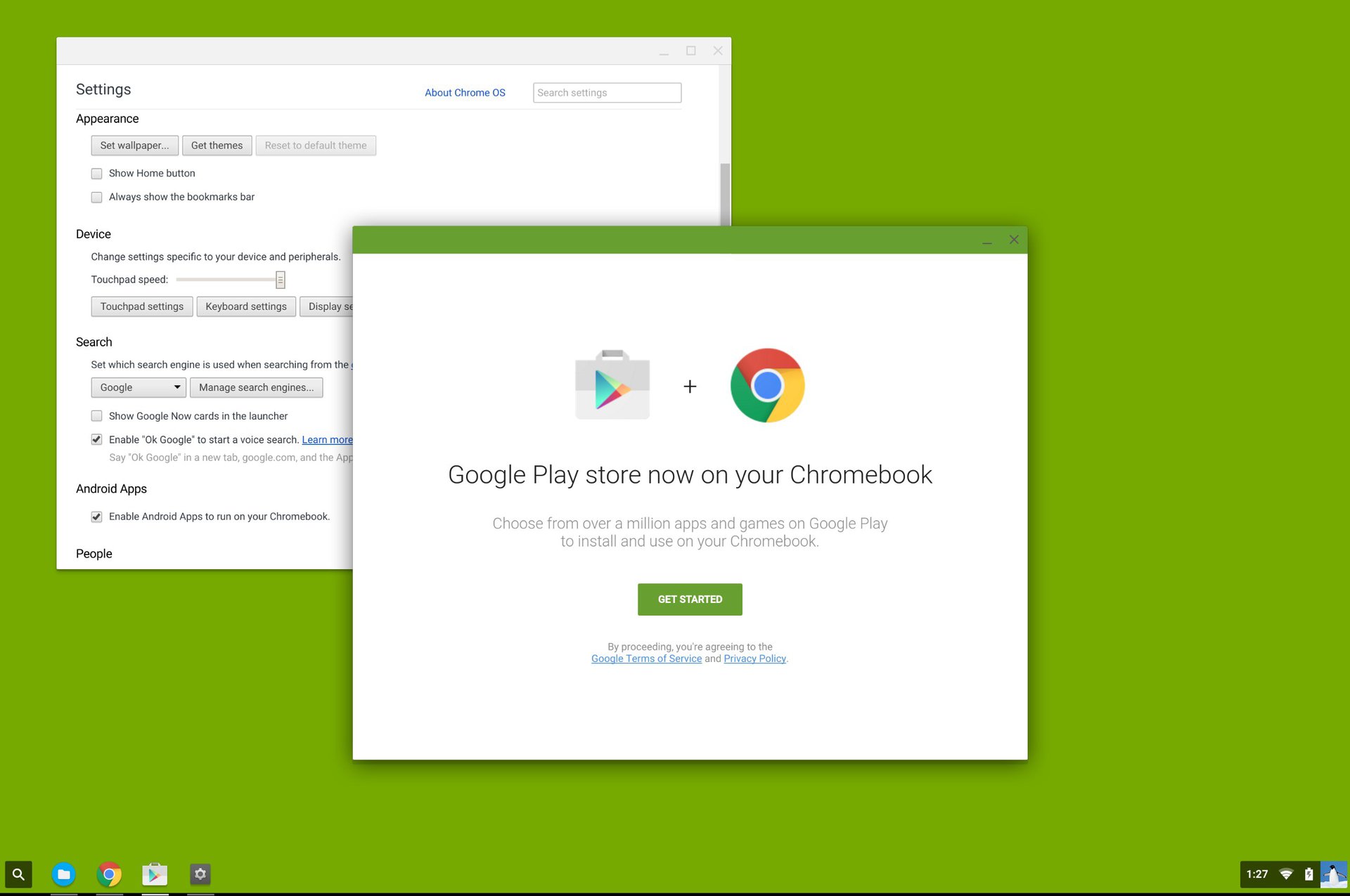
Project Ara
The ATAP session at last year’s I/O demoed a fully functional Project Ara prototype get assembled on stage in seconds. This year it got even better, with a camera module added, runtime detected and ready to shoot photos in seconds – even faster than last year.
But the real kicker came when it was time to remove a module. A simple “Okay Google, eject camera module” was all it took to have the camera module pop off the back of the Project Ara frame. The developer edition of the Project Ara phone will be out in Q4, 2016 and the project is reportedly still on schedule for a full release in 2017.
Project Soli and Project Jacquard
ATAP’s other big announcements from Google I/O 2015 were Project Soli – which aims to bring radar to smartwatches – and Project Jacquard, a kind of “smart clothing”. Project Soli has come a long way, with the first prototype smartwatch (engineered by LG) equipped with a Project Soli sensor ebing demoed on stage. The watch recognises fine gestures, distance and speed and allows you to control the wearable without ever touching it.
Last year, ATAP announced aProject Jacquard partnership with Levi Strauss. On the 143rd anniversary of Levi’s invention of the blue jean, the world’s first connected clothing was revealed: the Levi Strauss Commuter Series Trucker Jacket. The jacket features a woven tactile interface on the sleeve and a removable USB toggle for uploading custom gestures for recognition. It will be commercially available in Spring 2017.
Android Wear 2.0
Android Wear was long overdue for a shake-up and Google I/O didn’t disappoint, with Android Wear 2.0 being announced. The biggest feature of Android Wear 2.0 is support for standalone apps, meaning you will no longer need to have a smartphone paired to your wearable. Of course, this also means you’ll need a SIM-equipped smartwatch and data plan for untethered connectivity. Android Wear 2.0 also adds a keyboard and hand-writing recognition, along with a general interface overhaul.
[ooyala code=”Vkb2xsMzE6kPl5LyFdGXqVoDs7ua5bnL” player_id=”7f2b2d0412e84a188ede8d648751dc42″ width=”1920″ height=”1080″ auto=”true”]
Firebase and Android Studio 2.2
No Google I/O would be complete without some specific announcements just for developers. At I/O 16, these announcements revolved around updates to Firebase and Android Studio. Android Studio 2.2 offers a new layout designer, complete with “constraint layouts” so your app interface will automatically resize itself for different screen sizes. Google also announced a massive update to the Firebase app development platform and
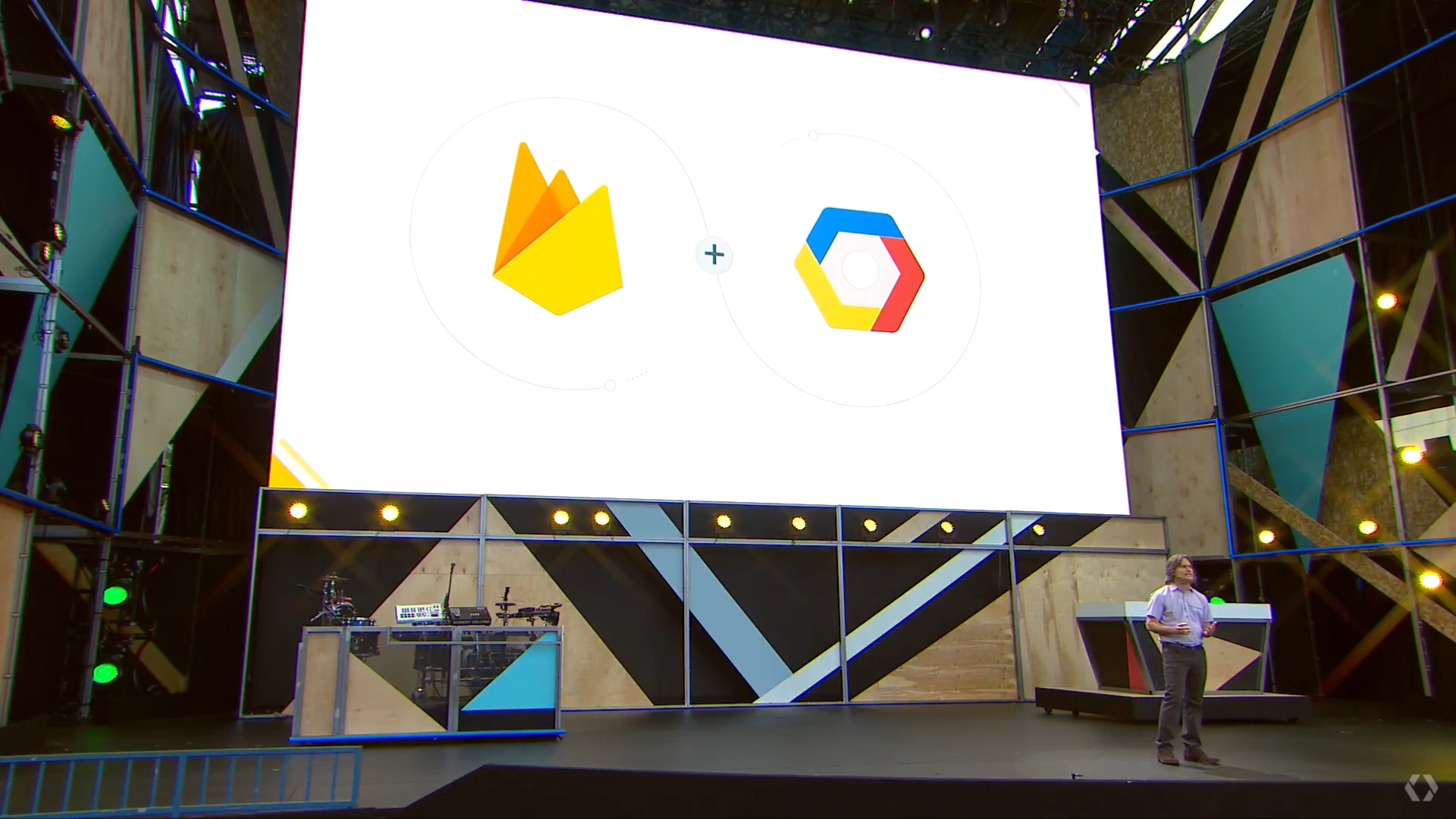
Android Auto
Android Auto had a slightly weird presence at Google I/O 2016, turning from a dedicated automotive product into a regular smartphone app. The move makes sense: not everyone can afford an Android Auto-equipped vehicle or stereo head unit, so providing the same functionality via an app brings the platform to everyone.
The addition of always-listening “OK, Google” voice commands to the apps may make it sound like Android Auto as a dedicated product is dead, but Maserati showed a custom Android build in a very nice car to show just how cool Android in a vehicle can be. The giant dash display supported split-screen mode on Android N, temperature controls, seat warmer toggles and more.
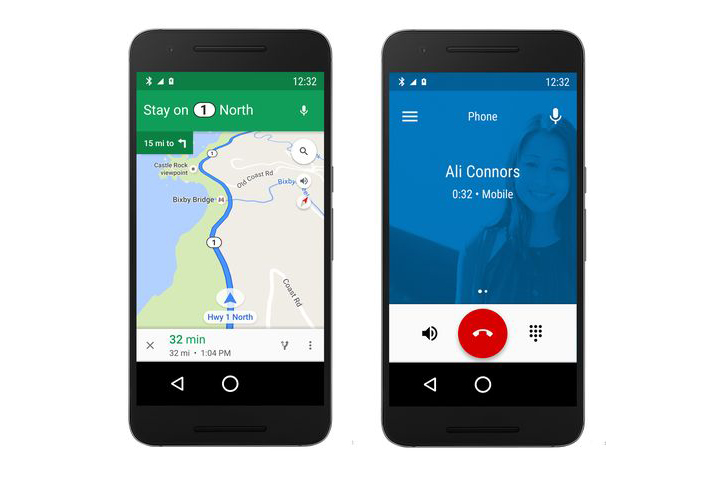
Google Play Awards
This year’s Google I/O also introduced the Google Play Awards, an annual roundup of the best apps in Google Play. From supporting indie dev studios to showcasing the best implementation of Material Design and recognizing early adopters of new technology, the Google Play Awards was a nice way to put the developer community in attendance in the spotlight rather than just focusing on what google had been up to.
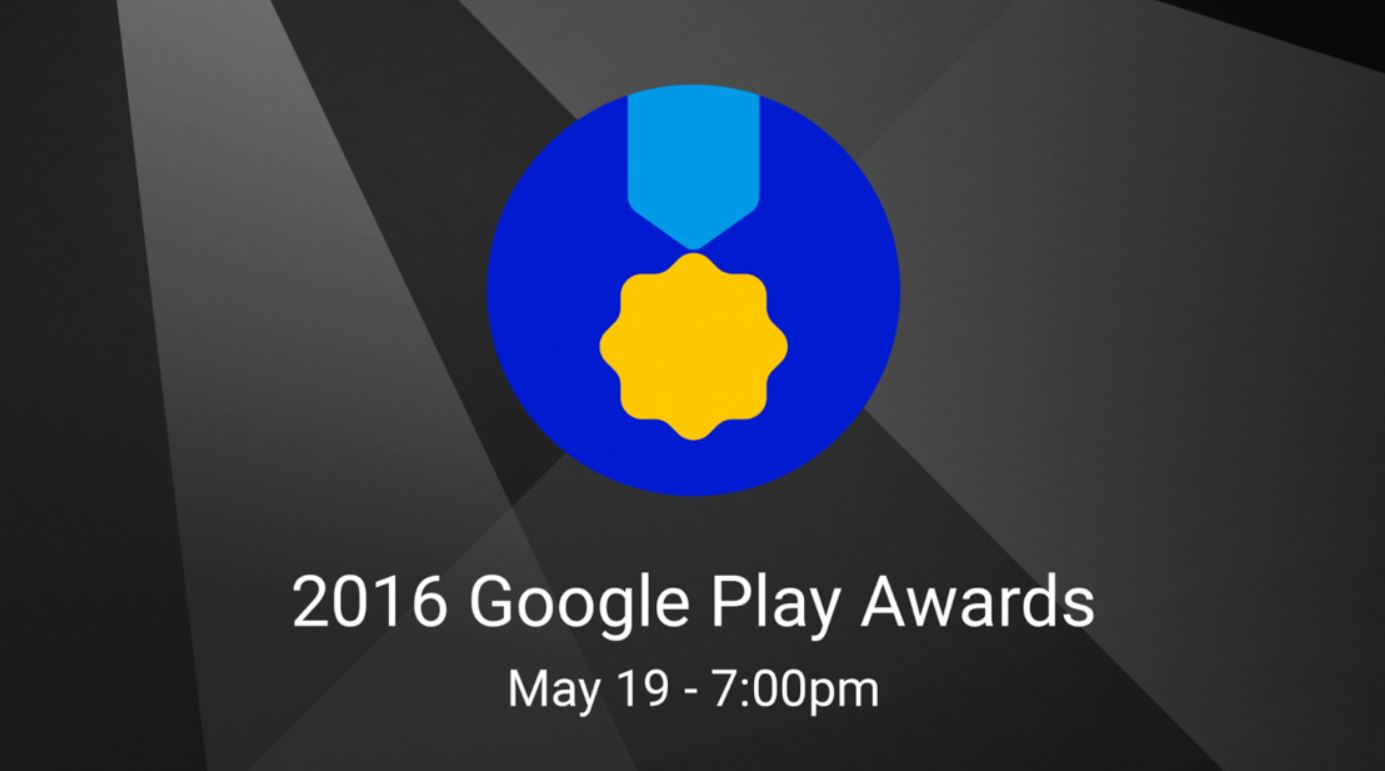
Did you get what you expected from Google I/O 2016? What was the biggest omission in your mind?
Don’t miss: All our Google I/O 2016 video coverage